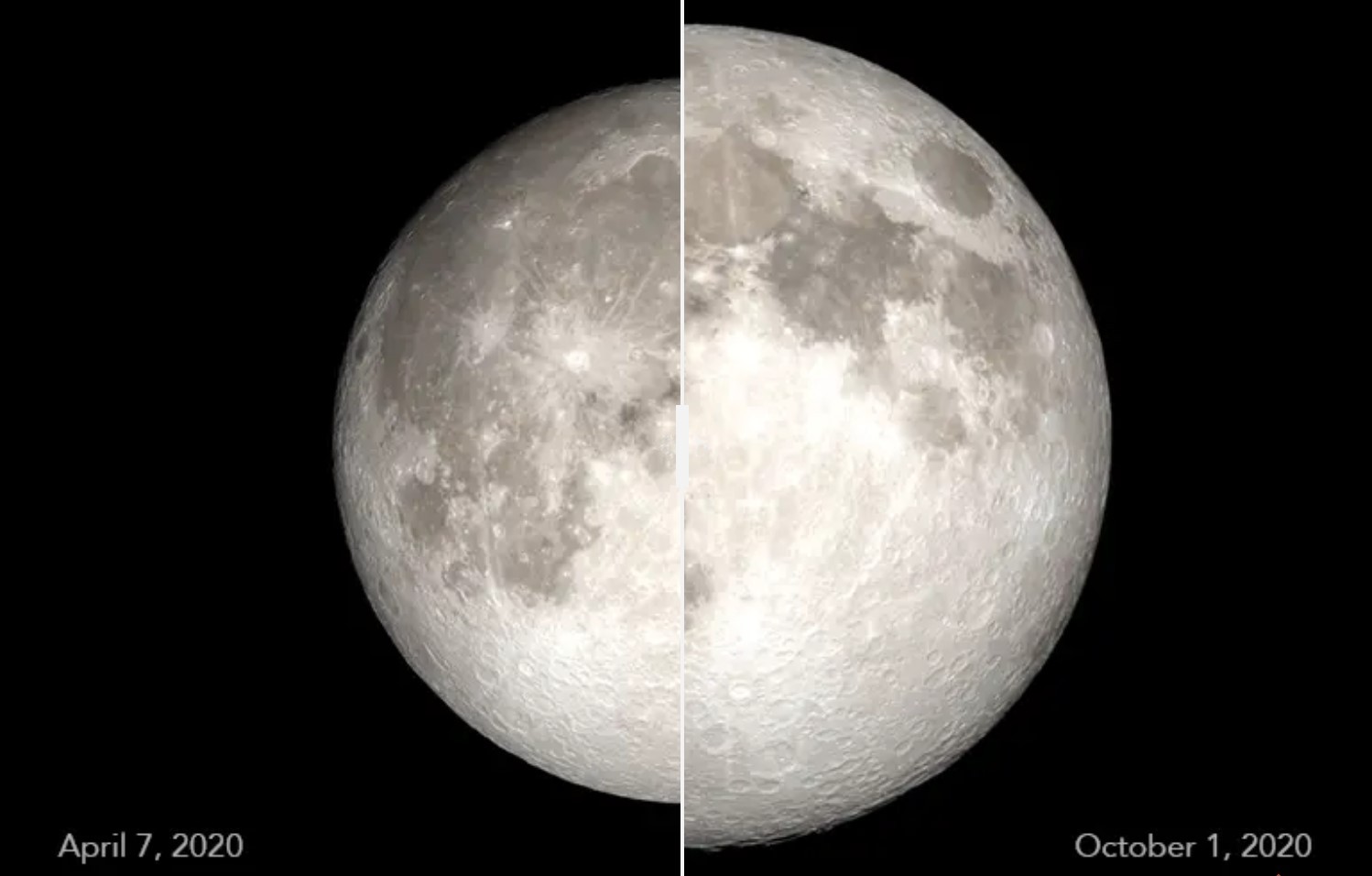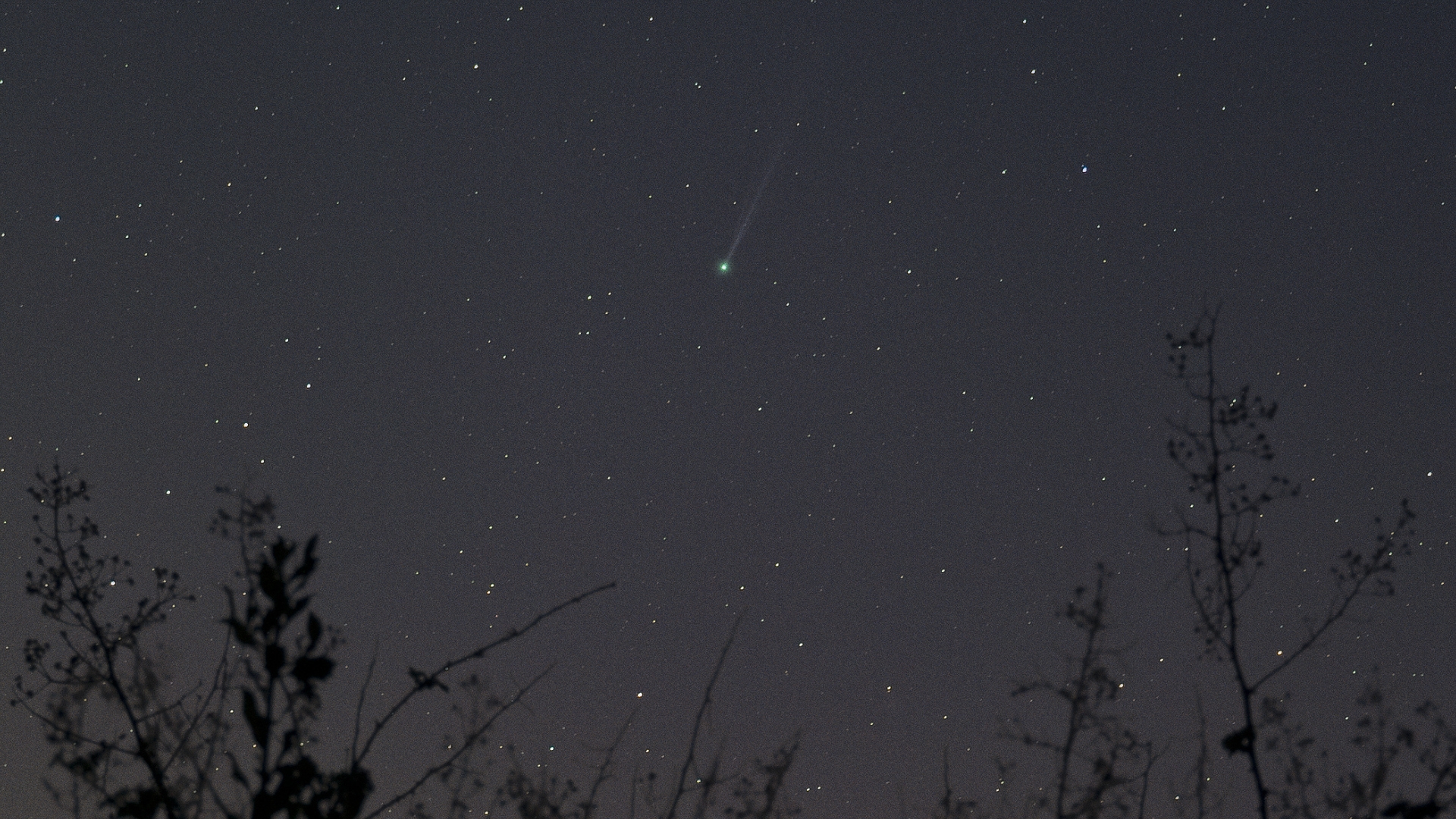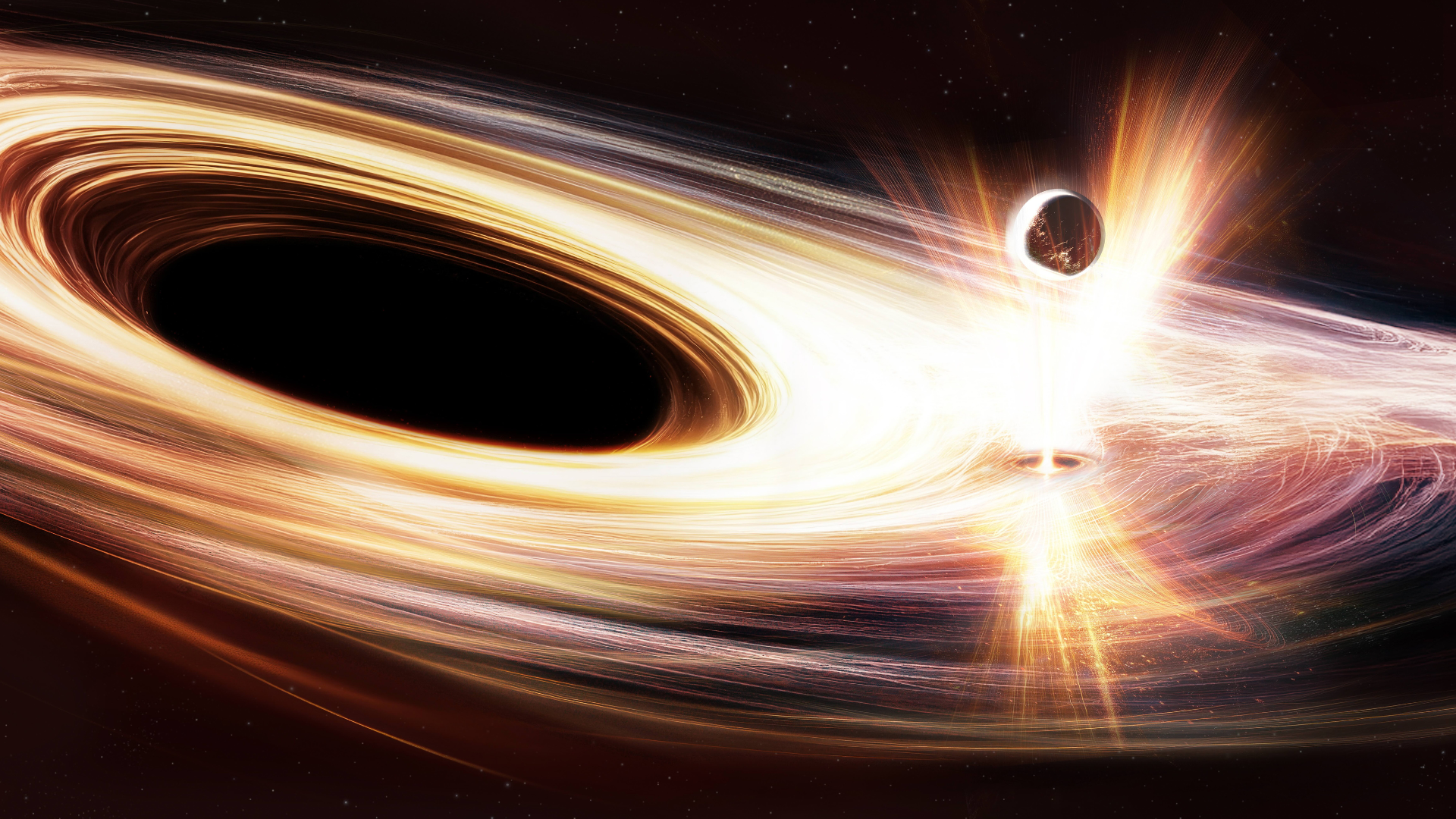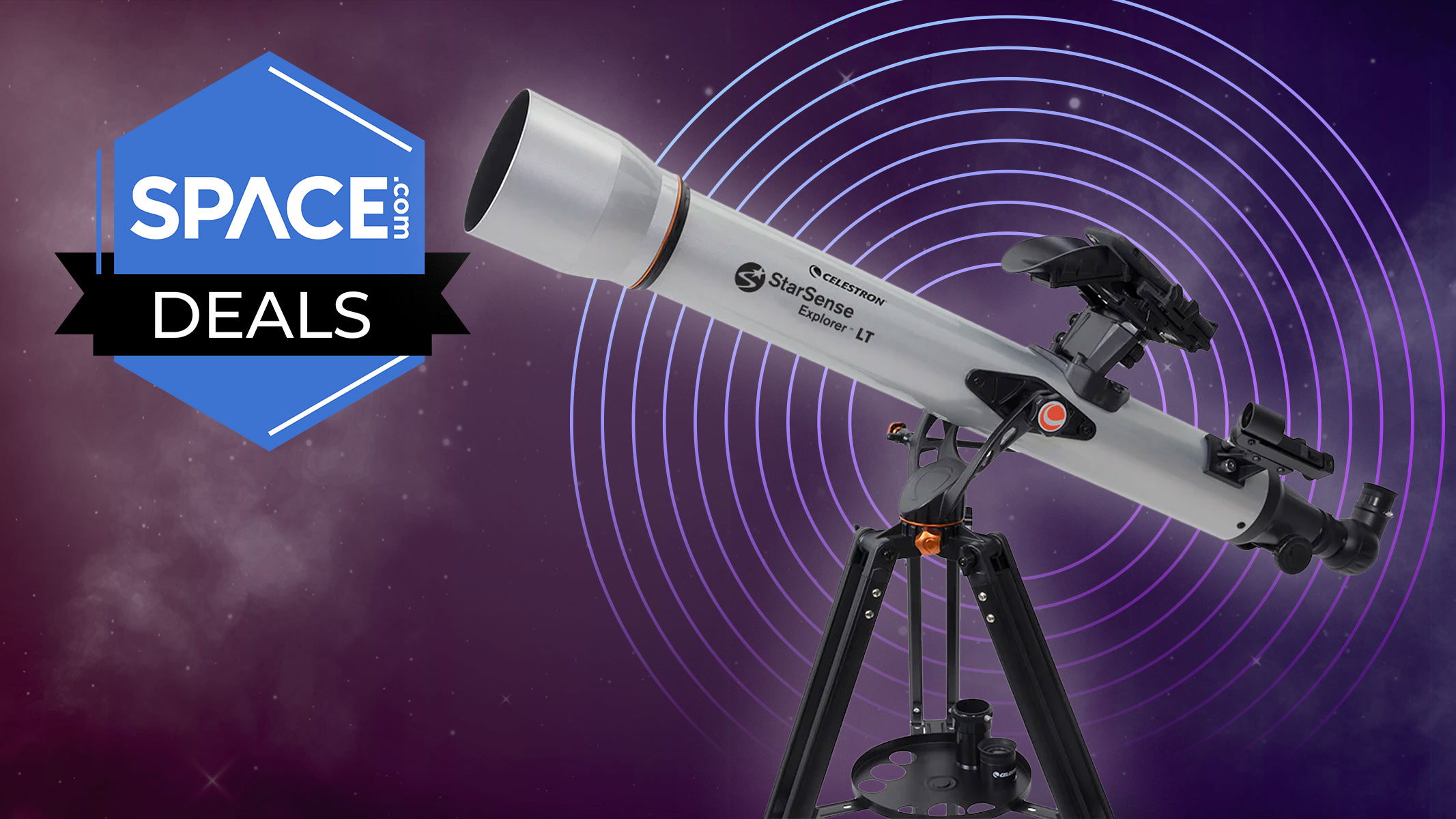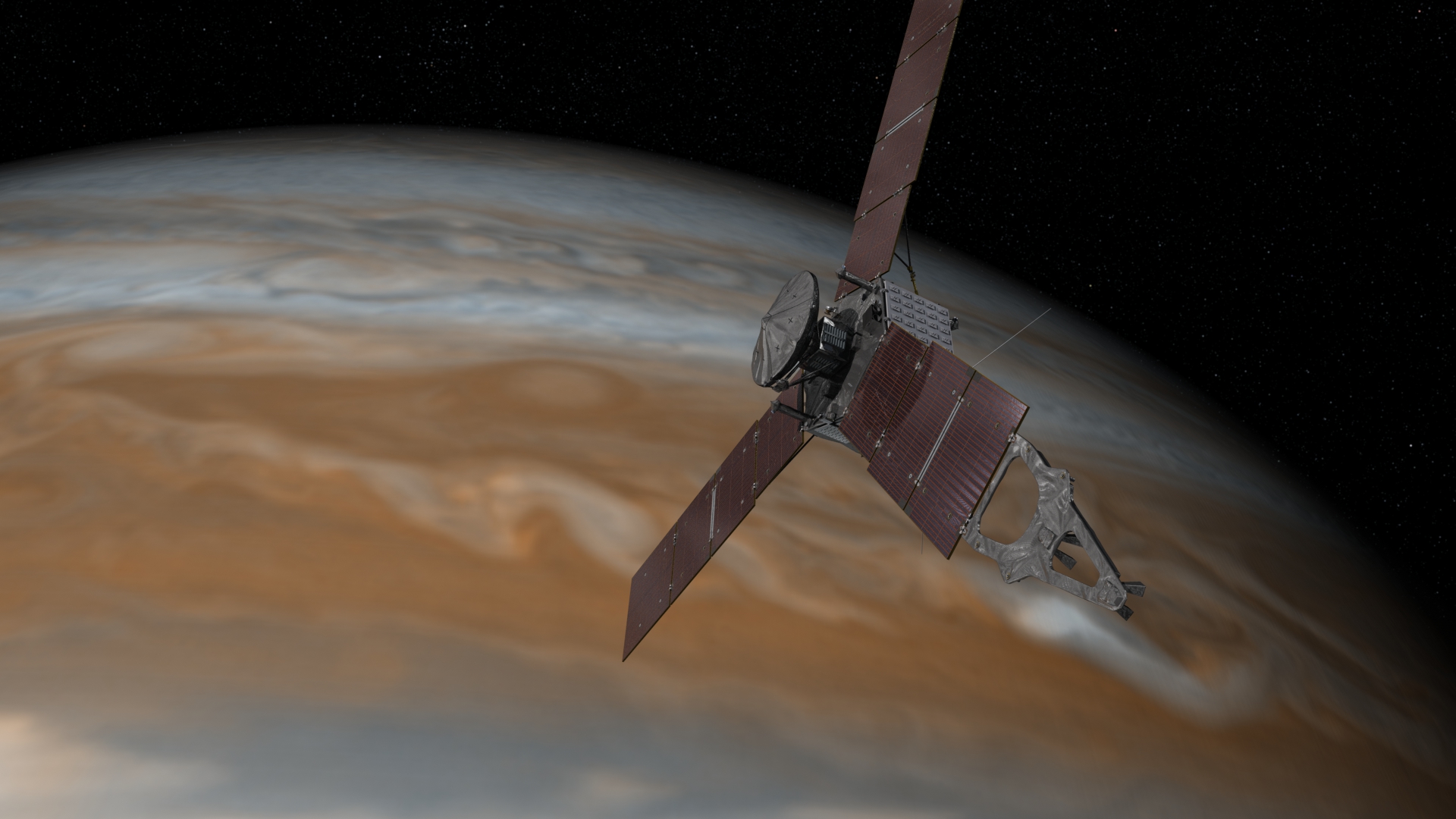X-rays reveal how 450-year-old Tycho supernova became a giant cosmic particle accelerator
Astronomers have mapped the magnetic field close to where cosmic rays form in Tycho, revealing a "delicate dance between order and chaos."

The white dwarf that led to the historic Tycho supernova died in a violent explosion, but its legacy resembles a fluffy pink cotton ball.
The latest image released on Feb. 28 shows the Tycho supernova remnant (Tycho's supernova or Tycho) as a neon pink cloud bordered by a thin red line. In new research, astronomers have mapped the geometry of the magnetic fields close to the shockwave in unprecedented detail, which is where they say charged particles are accelerated to light-like speeds before being streamed out as cosmic rays that eventually rain down on Earth.
The first direct evidence for this process can be traced to 2011, when the Chandra X-Ray Observatory captured a pattern of X-ray stripes in Tycho's outer rim. At the time, astronomers said the stripes are spots where magnetic fields are entangled, thus trapping electrons which then spiral in the fields to higher energies and emit X-rays.
So while astronomers have long known that supernova remnants rapidly rev up charged particles to extremely high energies, the details of how exactly they get accelerated were poorly understood.
Related: Supernova anniversary: Famous Tycho's star flared up 450 years ago this month
Read more: Tycho Brahe Biography
Now, researchers have studied some very excited electrons close to where they get accelerated to light-like speeds in Tycho, whose blast released as much energy as the sun would emit in 10 billion years. Researchers say the latest findings bring them a step closer to learning how supernova remnants like Tycho become giant cosmic particle accelerators.
The process "involves a delicate dance between order and chaos," said Patrick Slane, senior astrophysicist at the Harvard–Smithsonian Center for Astrophysics and co-author of the latest study, in a statement.
Get the Space.com Newsletter
Breaking space news, the latest updates on rocket launches, skywatching events and more!
Slane's team used data from NASA's Imaging X-ray Polarimetry Explorer (IXPE) space observatory. The three identical X-ray telescopes onboard IXPE studied Tycho twice in 2022: From late June to early July, and from Dec. 21 to 25, according to the study.
From the collected data, the team was able to study X-rays produced by highly energetic electrons close to Tycho's rim as they zipped across magnetic fields. Researchers explain that the red rim — the place where Tycho accelerates particles to light-like speeds — is very thin because electrons radiating X-rays lose their energy very quickly. So by the time they move any noticeable distance from this rim, "they have lost so much energy that they aren't producing X-rays any longer," Slane told Space.com in an email.
Before IXPE data came in, Slane and his team were not sure what they would find, he added. To ultimately map the magnetic field geometry, the team was looking for signals that showed how polarized the radiation from X-rays is.
However, such signals are sensitive to how tangled up the magnetic fields are: When turbulence in these fields is high, the radiation is less directional and less intense, meaning IXPE can't detect the polarization signals as strongly. The team's simulations had previously shown that the signals they were hoping to detect may be too small, which would mean the magnetic field is very messy.
"That would be important," Slane told Space.com in an email, "but it's a little disappointing to say 'I didn't see anything, and it's really important!'"
When IXPE data did come in, the team found that the magnetic fields are definitely messy — they have high turbulence, "but not so high that we couldn't detect the polarization," he added.
So they measured the polarization of the X-rays, and found it to be 9% throughout the center of the remnant and a higher 12% at its rim. This is a much higher measurement of polarization than that of the team's previous target, Cassiopeia A, which shows that Tycho's magnetic fields are more ordered, researchers say.
"These observations are the first ever to really probe the polarization of emission from the most energetic electrons in these cosmic particle accelerators," Slane told Space.com in an email.
Once they knew the angle or degree of polarization, Slane's team was able to map the geometry of the magnetic field, which they saw was stretched out in an outward direction, or radial.
Researchers already knew this from past radio observations, so the finding wasn't a total surprise. They say the IXPE space observatory helped them map the field in much more detail than previous observations, on scales smaller than one parsec — 3.26 light-years or 19 trillion miles (31 trillion km).
They learned that for Tycho to accelerate its charged particles close to light-like speeds, "strong and turbulent magnetic fields are required," Slane said in the same statement, "but IXPE is showing us that there is a large-scale uniformity, or coherence, involved as well, extending right down to the sites where the acceleration is taking place."
Using this data, the team found that the radial structure holds intact all the way till the acceleration sites, which they did not know before. They say this insight will shed light on how Tycho accelerates charged particles to energies at least a hundred times higher than even the most powerful particle accelerators on Earth.
The research is described in a paper published in the latest issue of The Astrophysical Journal.
Follow Sharmila Kuthunur on Twitter @Sharmilakg. Follow us on Twitter @Spacedotcom and on Facebook.
Join our Space Forums to keep talking space on the latest missions, night sky and more! And if you have a news tip, correction or comment, let us know at: community@space.com.

Sharmila Kuthunur is a Seattle-based science journalist focusing on astronomy and space exploration. Her work has also appeared in Scientific American, Astronomy and Live Science, among other publications. She has earned a master's degree in journalism from Northeastern University in Boston. Follow her on BlueSky @skuthunur.bsky.social

